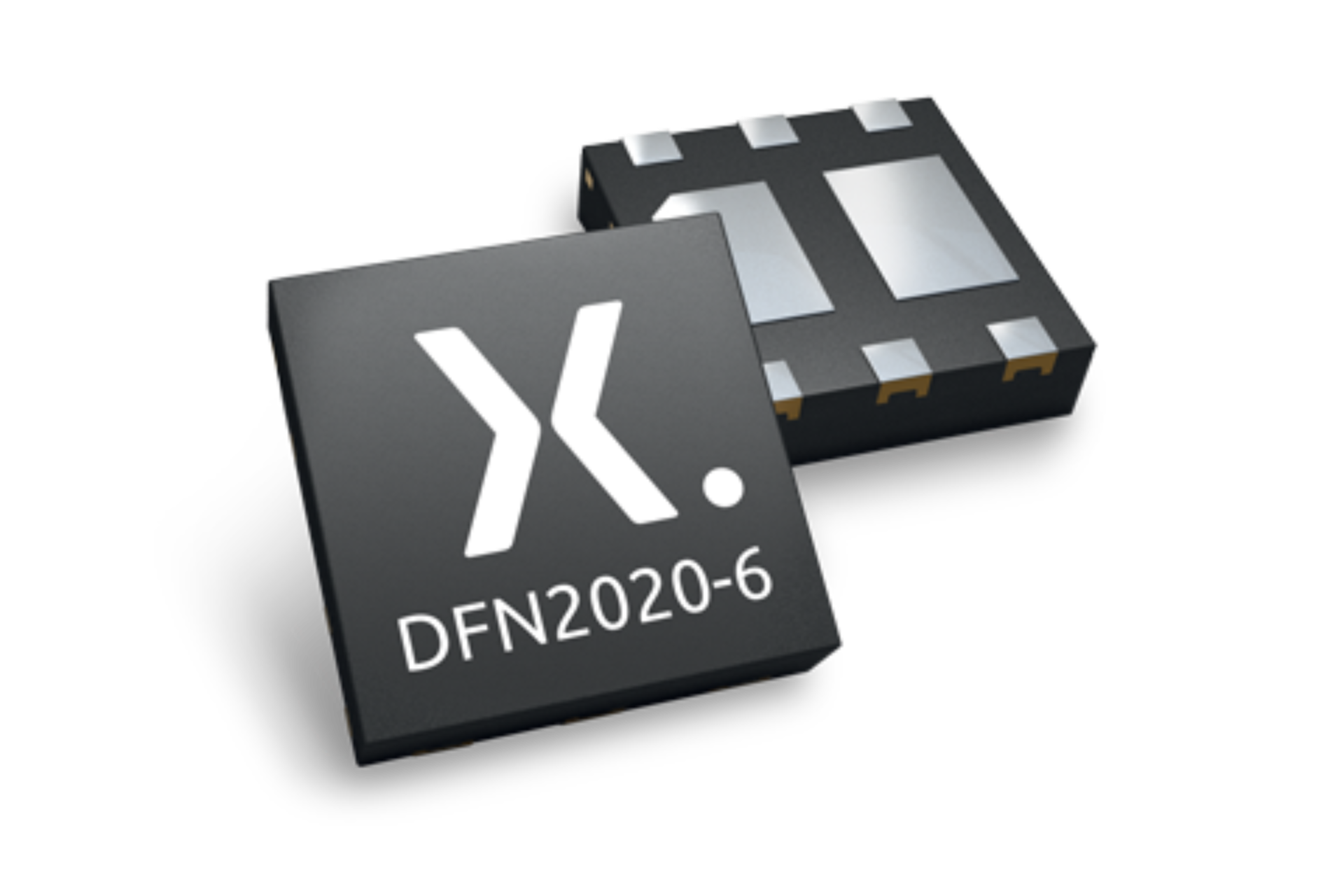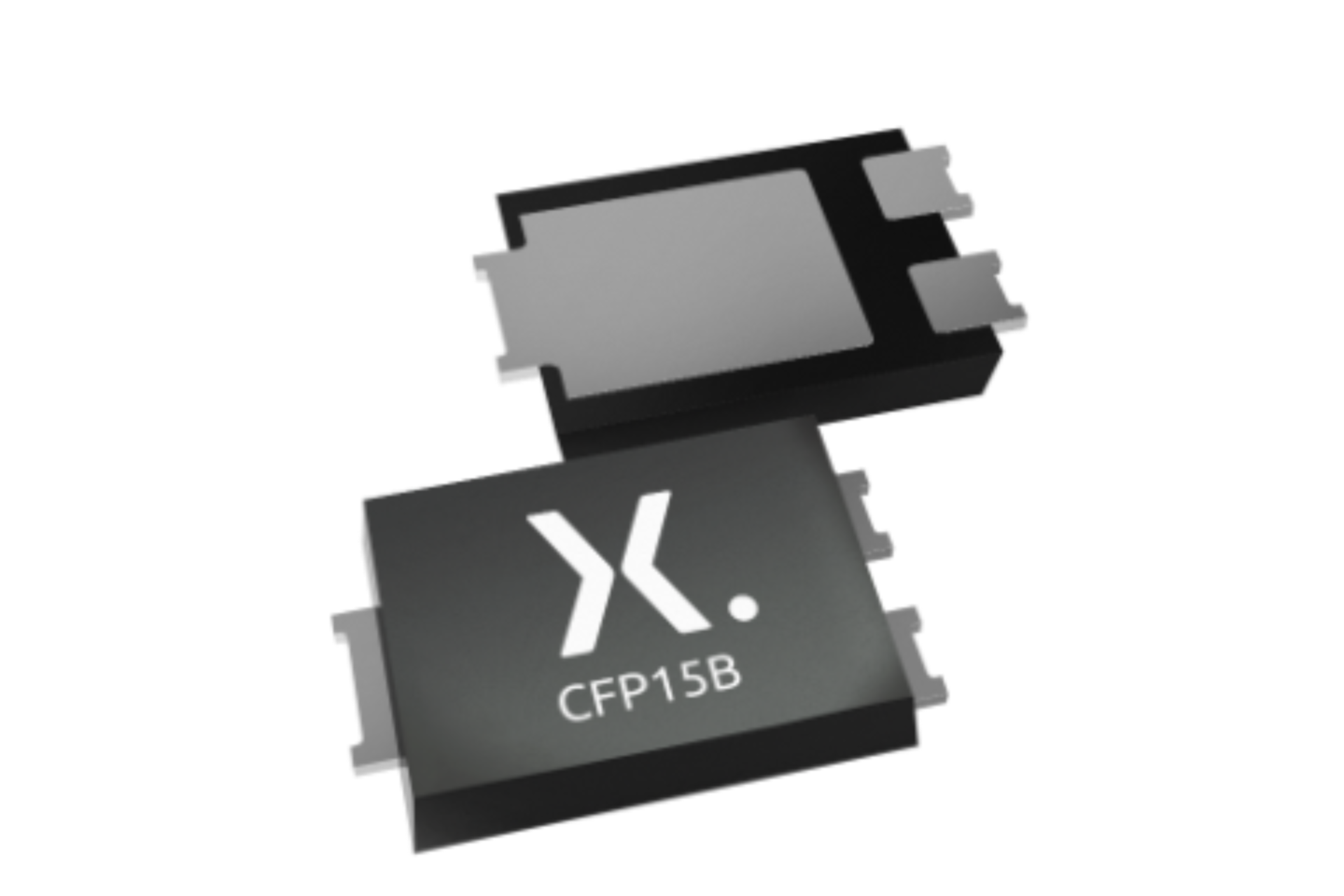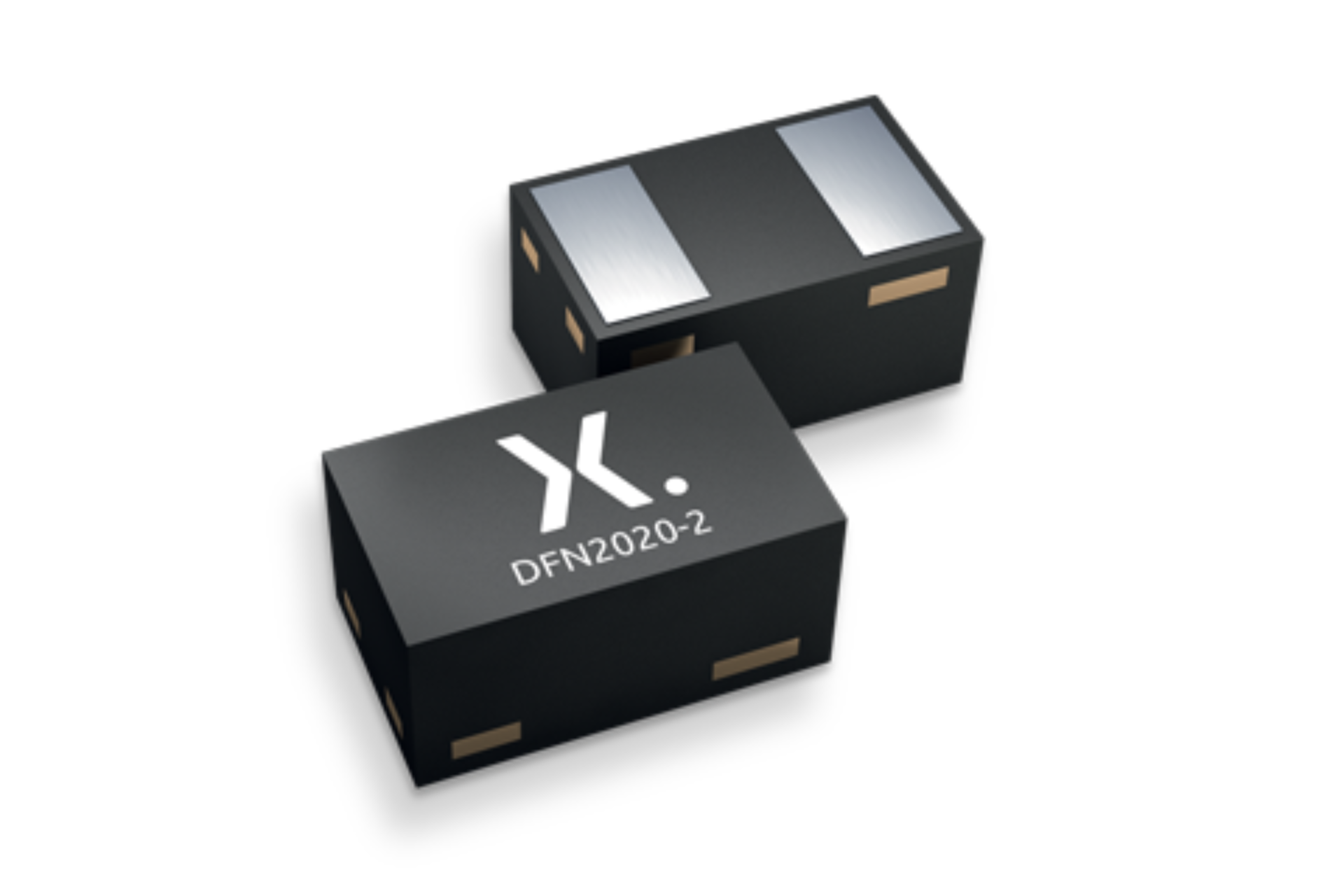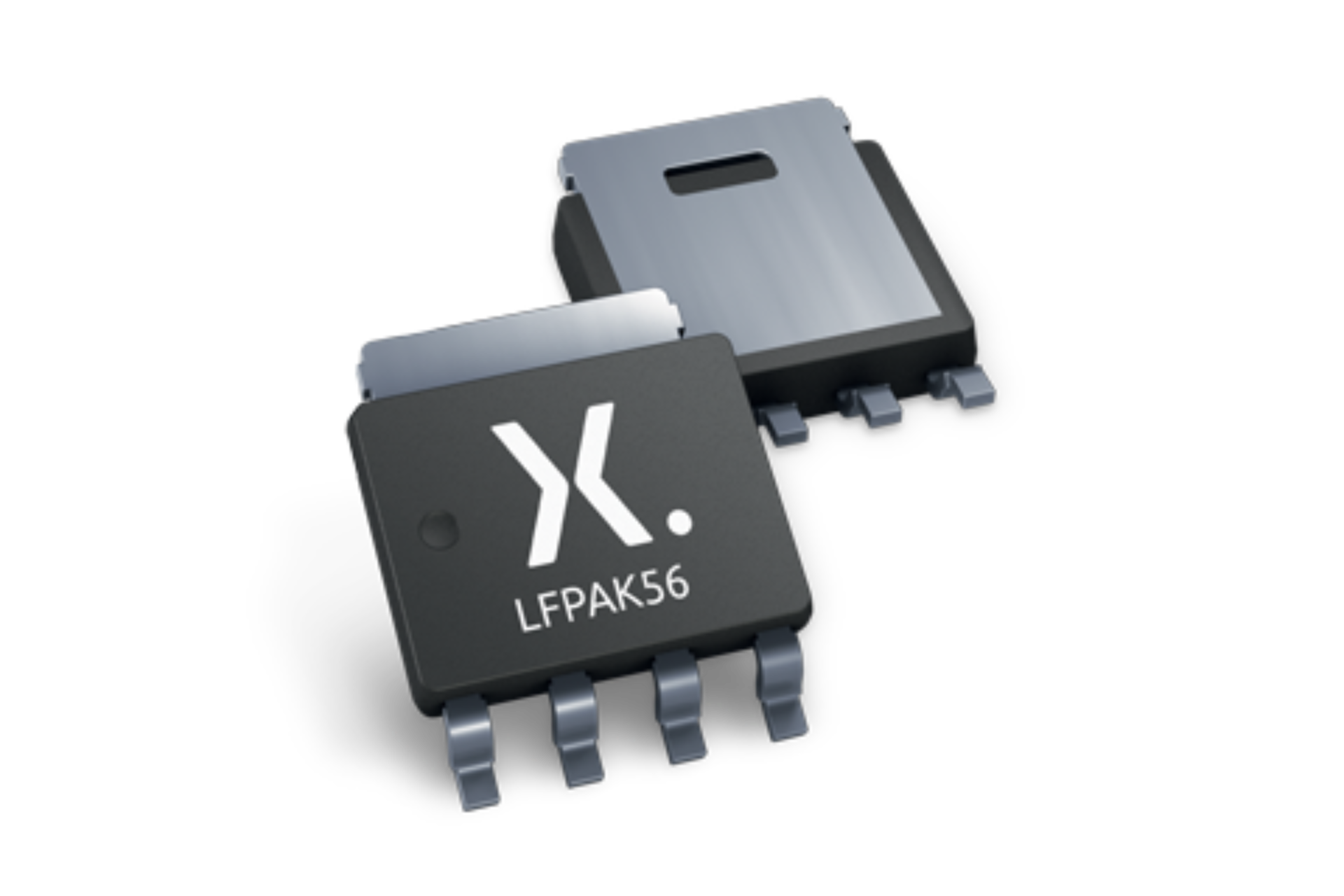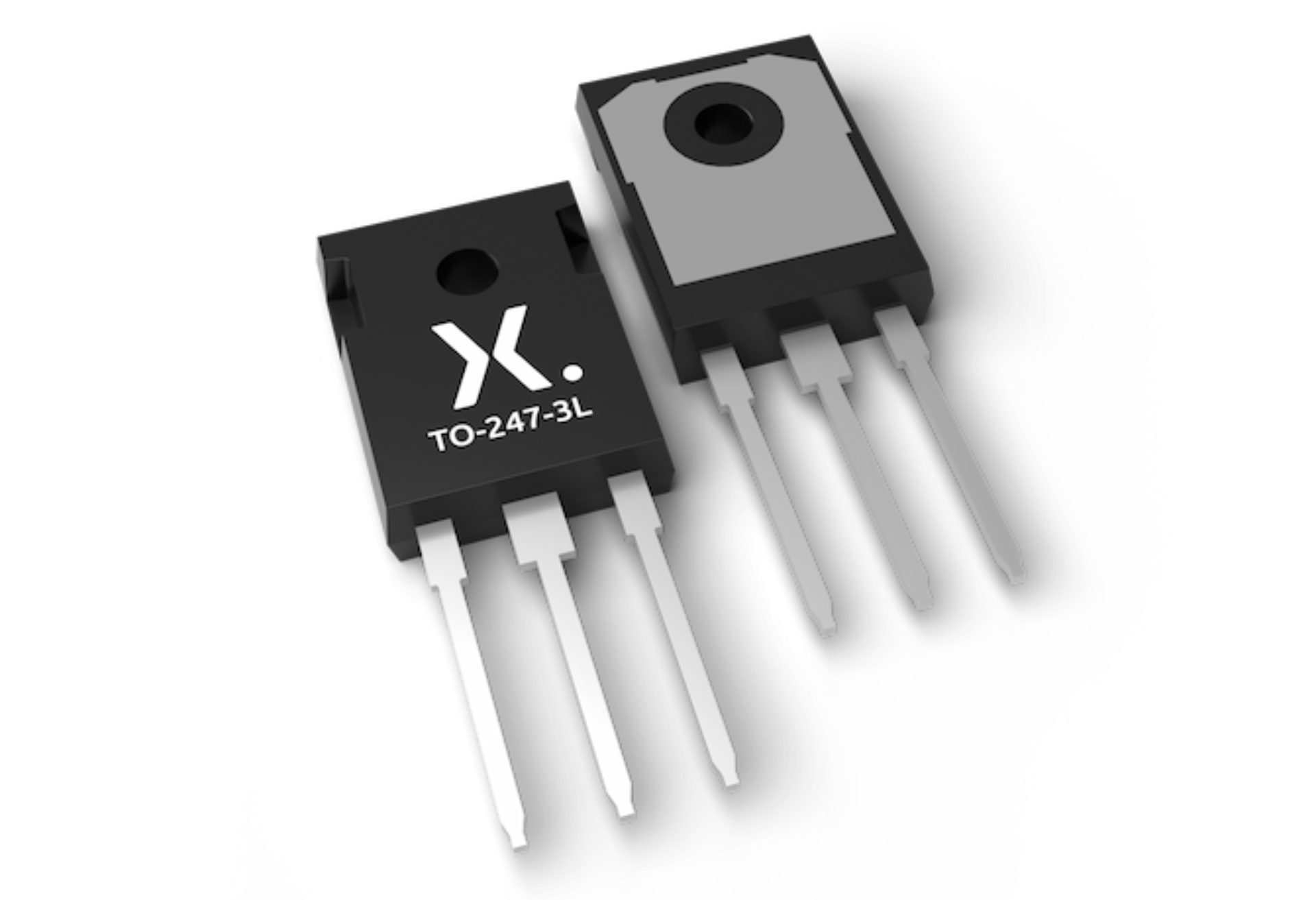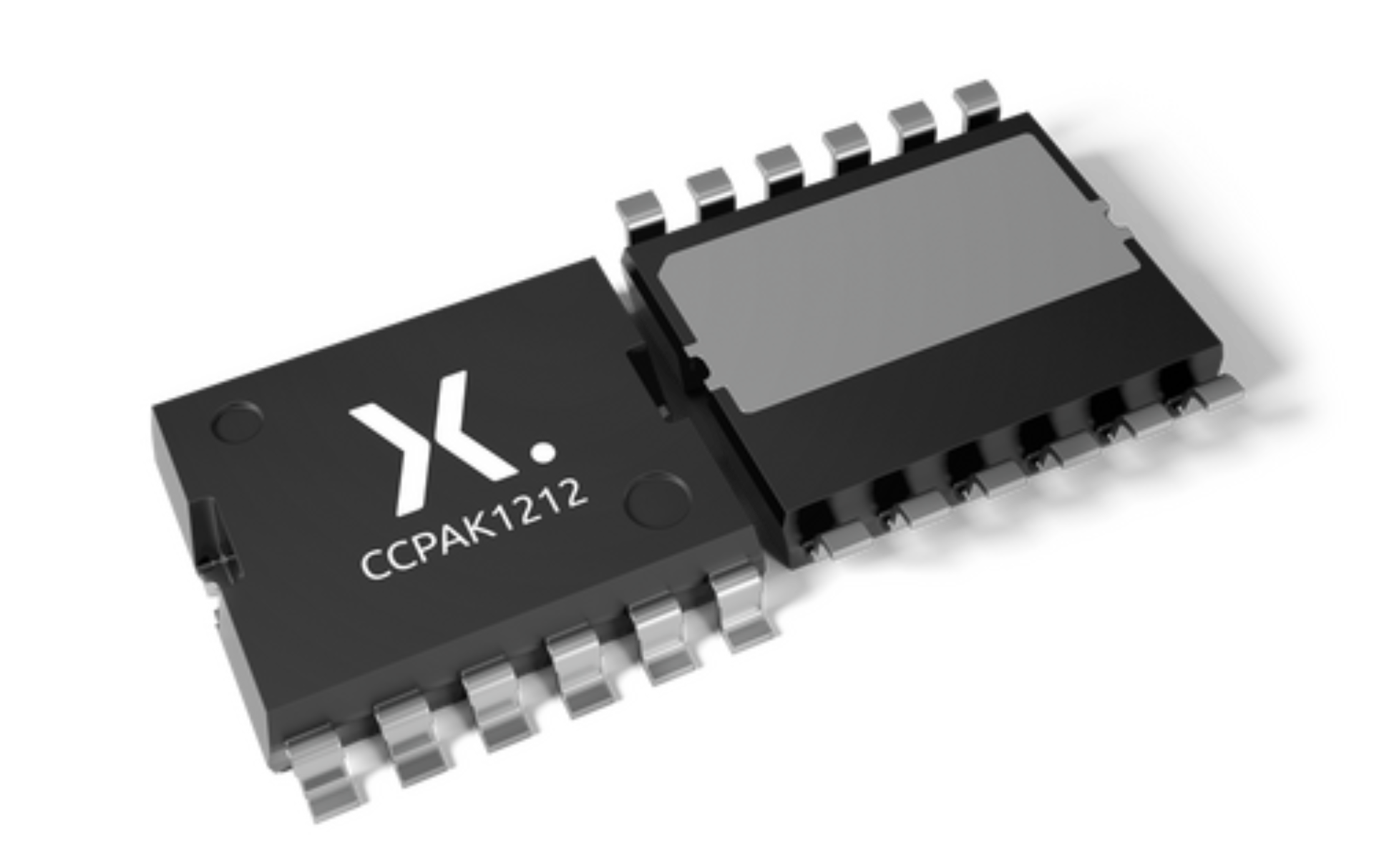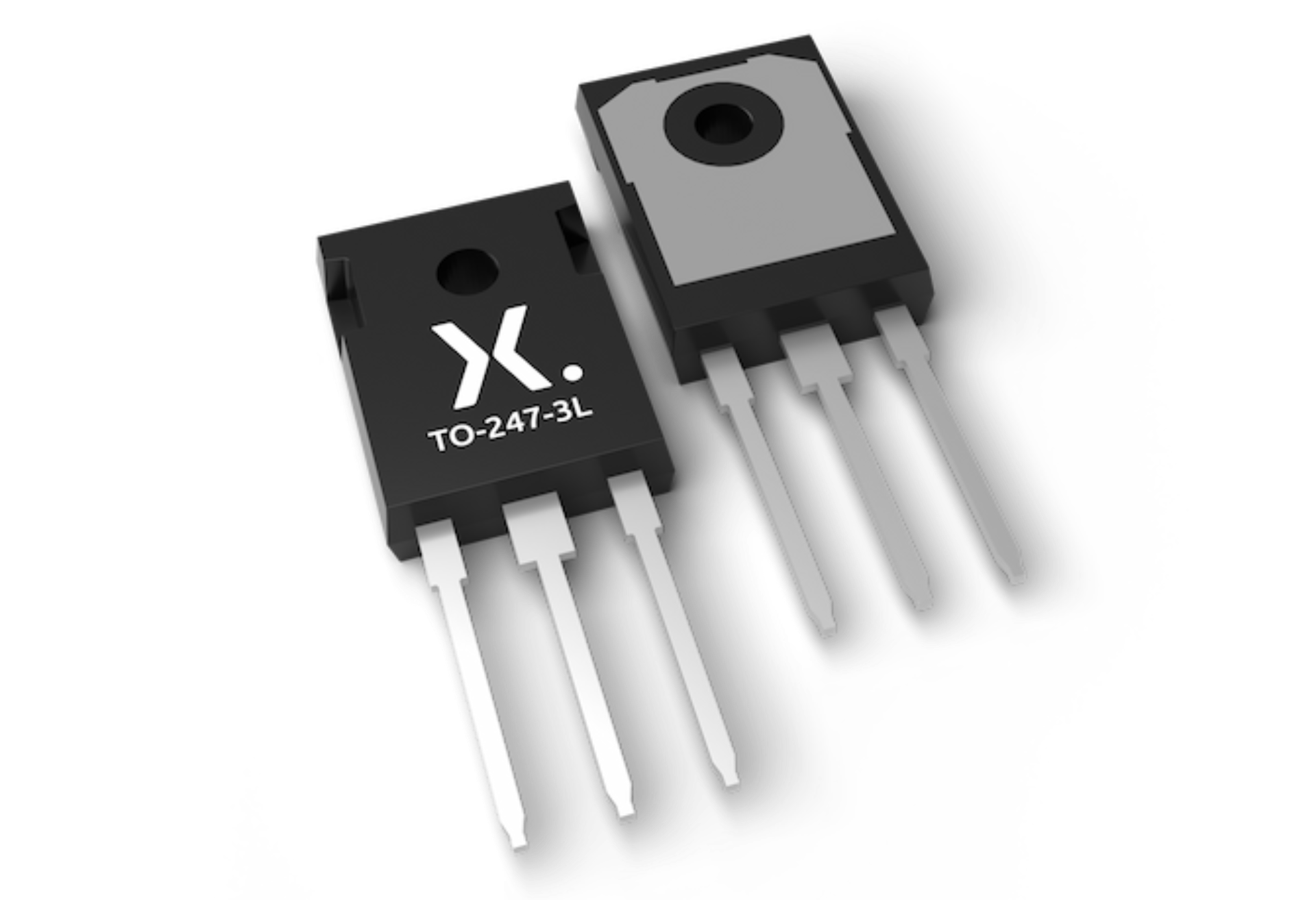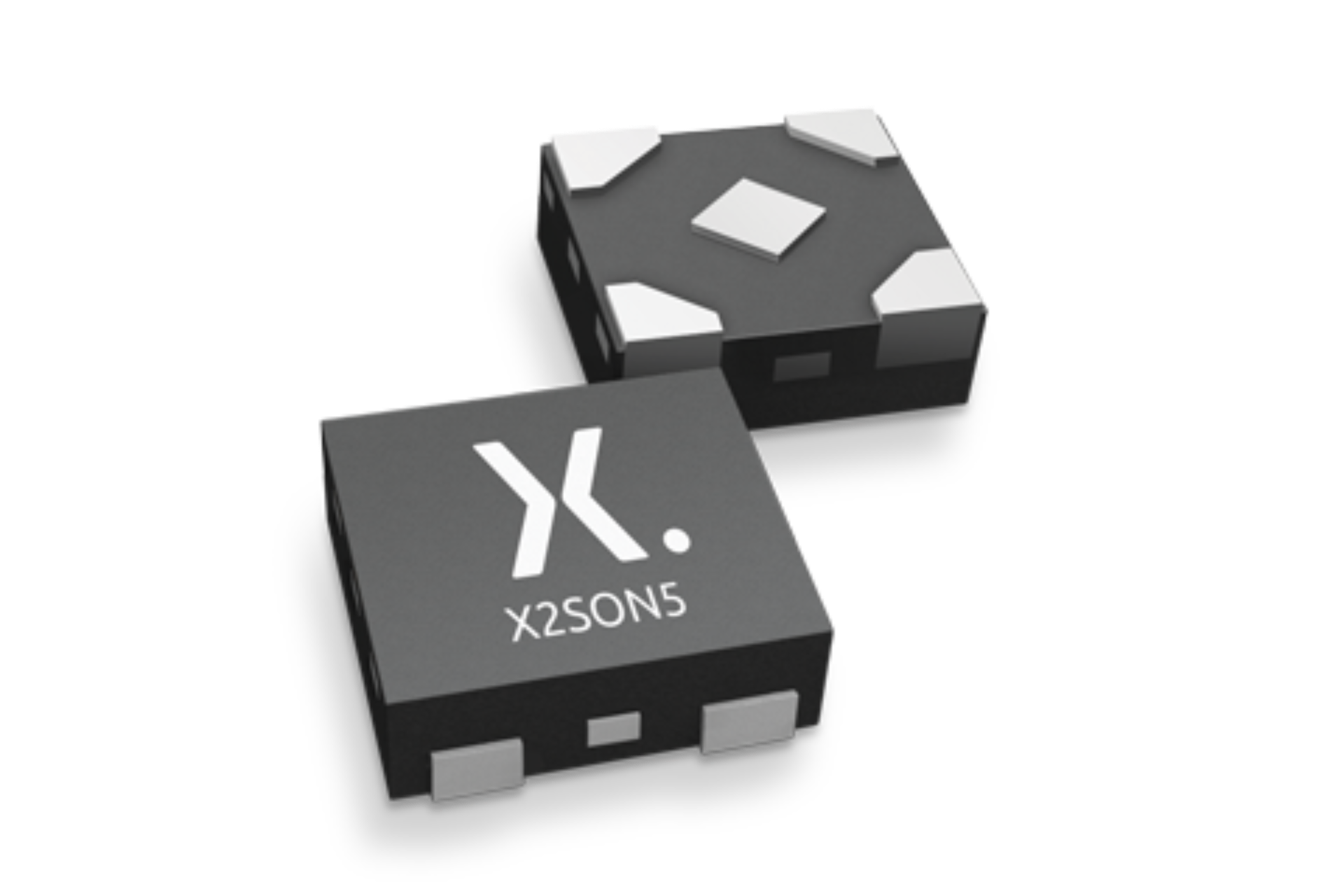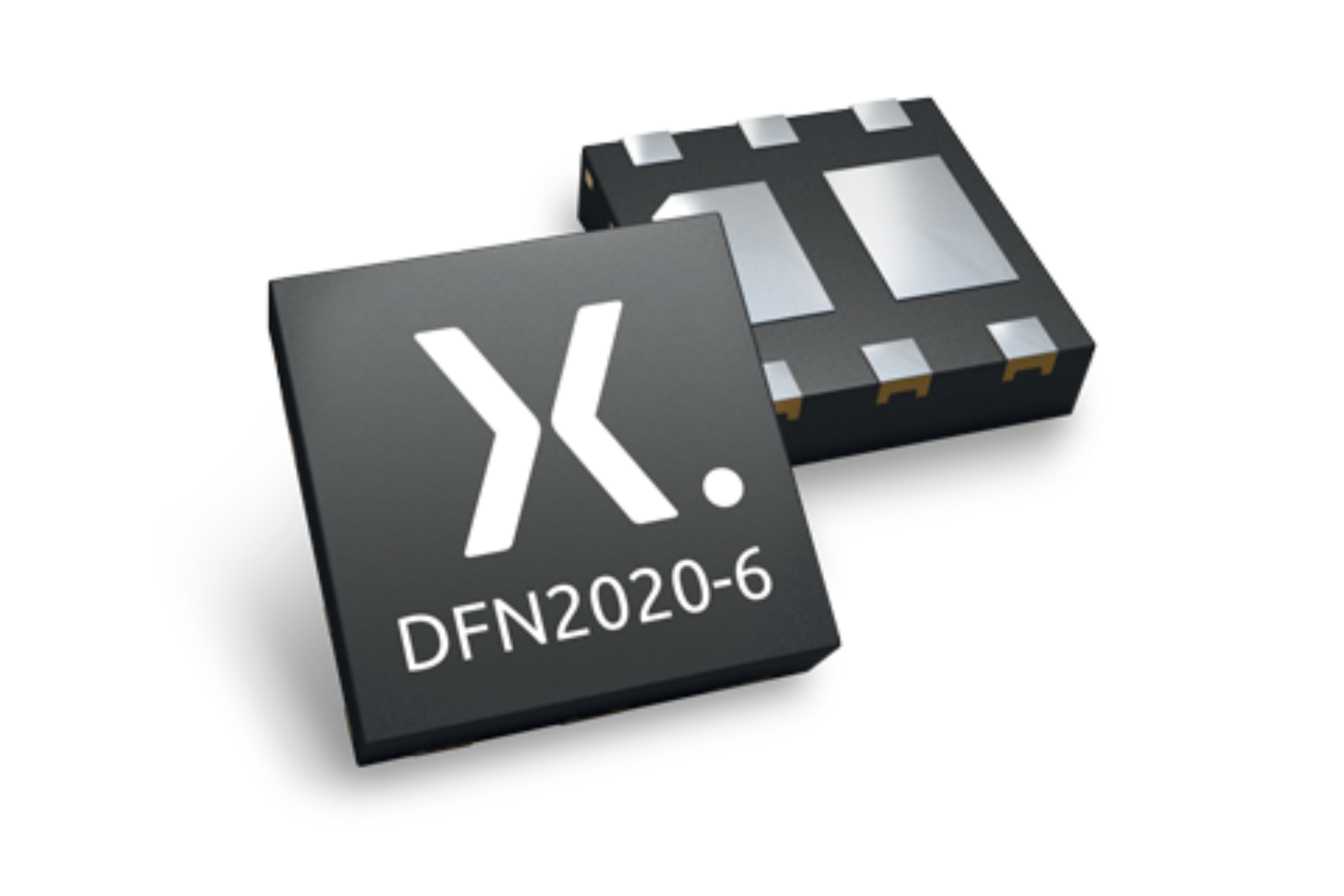Products
Design considerations
- Optimize power consumption to increase the effectiveness of energy harvesting. This can be done by carefully selecting components with low standby current, optimizing transmission intervals, and implementing sleep modes - Nexperia can help customers make the right calculation
- Cost is a key concern, so standard SOT23 / SOT323 package options can be preferred to smaller, more efficient SMD packages
- E-paper displays supply voltage is typically 3.3 V, depending on the microcontroller a voltage translator may be require

Adaptive energy harvesting PMIC enables environmentally friendly autonomous, connected devices
Ambient energy harvesting has often been proposed for recharging batteries in remote internet-of-things devices but hasn’t yet taken off. Nexperia's new dedicated PMIC is set to radically improve the viability of energy harvesting with significant benefits for the environment.ve energy harvesting PMIC enables environmentally friendly autonomous, connected devices
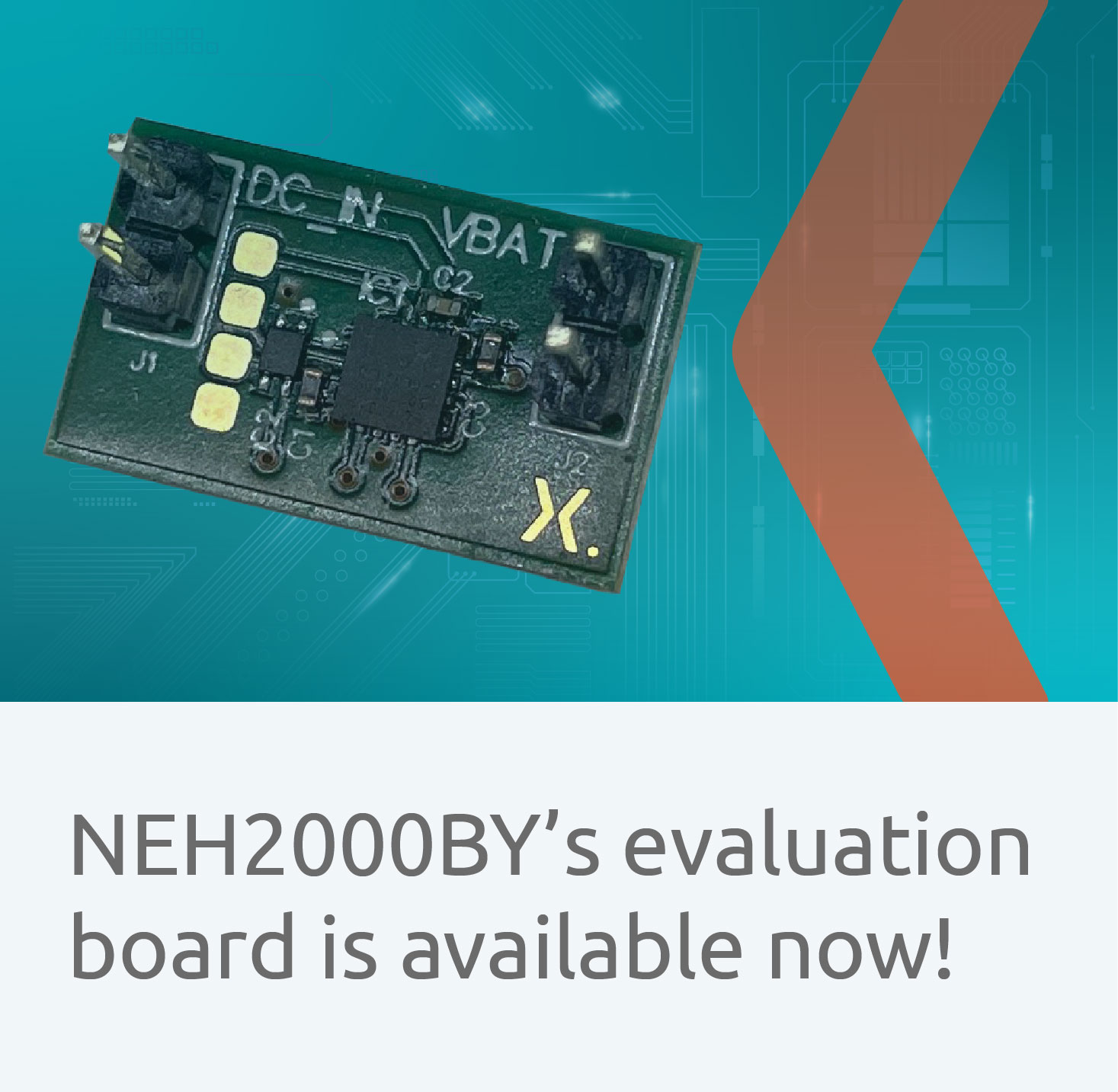-01.jpg)
